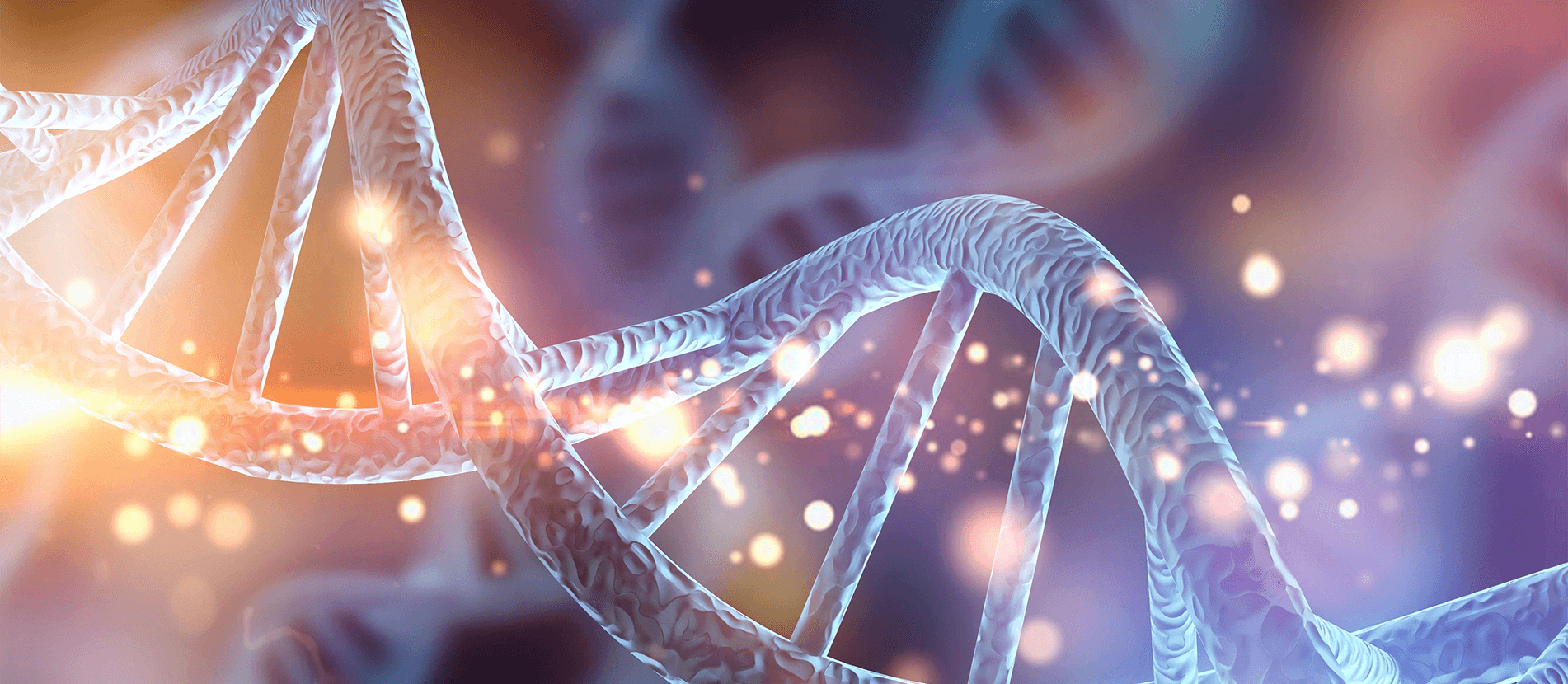PCR Applications – Endless Possibilities
The polymerase chain reaction revolutionizes medicine, diagnostics and more
The polymerase chain reaction (PCR) allows specific DNA segments to be amplified in a similar way that DNA replication occurs naturally in cells. By repeating three reaction steps – denaturation, annealing and elongation – many times over, it is possible to amplify even the smallest amounts of DNA within a very short time. The possible applications of this groundbreaking invention made in 1983 are incredibly diverse, especially since the further development of the method to make it run fully automated through all the necessary reaction steps. These days, there is hardly a laboratory in industry and research that can do without the PCR method. Applied in molecular biology, genetics, medicine, diagnostics, food analytics or forensics, we’ll shed light on some exciting examples of uses, going far beyond the currently best-known PCR application, the detection of the coronavirus.
Contents
- PCR applications in medical diagnostics: the gold standard
- PCR applications in food analytics: finding out the origins
- PCR applications in research and pharma
- PCR applications in forensics, paleontology and much, much more
1. PCR applications in medical diagnostics: the gold standard
The PCR method is gaining importance in countless areas. It is particularly widespread in medicine and diagnostics.
Diagnosing hereditary diseases is one of the PCR applications that this method can carry out much faster than any method before. Such diseases are caused by changes in people’s genetic material. To diagnose them, the gene in question is amplified by PCR using the appropriate primers. Subsequently, the DNA double strand is sequenced and any mutations quickly detected. Well over 600 hereditary diseases can be diagnosed by the PCR method.
Especially in the recent times of the corona pandemic, everyone has been talking about the PCR application that detects infections with the virus SARS-CoV-2. The viral DNA obtained in a sample can be amplified and, if quantitative PCR (qPCR) is used, even the viral load determined. Quantification is particular important when it comes to identifying so-called "superspreaders" of the coronavirus, who are burdened with extremely high viral loads. But qPCR can also help with other viral diseases, for example to determine the exact viral load of a person known to be infected with HIV. If a therapy is successful, the viral load will decrease.
Advantages of qPCR (quantitative real-time PCR)
In clinical diagnostics, highly accurate results must become available in the shortest possible time. Since fully automated qPCR was introduced, this is possible even when many samples are processed simultaneously. The completely closed systems that are used nowadays also prevent sample contamination, which was a major problem in the past.
2. PCR applications in food analytics: finding out the origins
In the EU, genetically modified foods are subject to mandatory labeling. Can consumers be sure this is done properly? The polymerase chain reaction (PCR) is used to detect genetically modified corn, rice or soybeans, with the method recognizing the modified genes. However, if genetically modified foods are further processed (for example, to spices or food additives), then detection is no longer quite as straightforward.
The PCR method is also used to detect allergens in food. This is becoming increasingly important because food allergies are on the rise. Specific PCR kits exist that detect peanuts, gluten, crustaceans, celery or soy in even the smallest amounts. Harmful microorganisms in beer and wine production are also detected in this way.
PCR applications can even be used to prove whether a particular product really delivers what it promises. Is that expensive olive oil really from Italy and the supposed Criollo cocoa worth its price?
3. PCR applications in research and pharma
While still controversial in agriculture and subject to labeling requirements, genetic engineering is already widely established in drug and vaccine production. For example, the polymerase chain reaction PCR is used to produce human insulin. The mRNA is isolated and purified from insulin-producing human cells, converted into cDNA by the enzyme reverse transcriptase and then amplified by PCR.
4. PCR applications in forensics, paleontology and much, much more
In forensics and criminalistics, the smallest traces of DNA found at a crime scene can be worth examining. To ensure that enough material is available for all needed tests, the DNA is amplified by PCR. For paternity tests and parentage investigations, too, even the smallest amounts of genetic material are sufficient, thanks to PCR.
This, incidentally, also applies to very old DNA samples. Thanks to PCR, a tiny bone sample of the glacier iceman "Ötzi", found in South Tyrol in 1991, was enough to decode his entire human genome. Today we even know that the iceman, who died more than 5300 years ago, seemingly did not believe in dental hygiene and had periodontal disease – the amplified non-human DNA from the 0.1-gram bone splinter was examined and the periodontitis-causing pathogen detected in it.
In paleontology, the polymerase chain reaction also helps to produce more DNA material from fossil organisms that are found. This allows further scientific examinations to be performed.
Conclusion
Without the polymerase chain reaction method, laboratory and food analytics, medical research, diagnostics and many other scientific fields wouldn’t be the same. There are so many possible uses for PCR applications that only a fraction could be mentioned here. More information on the huge range of PCR applications to give you exciting new insights is available in the PCR Topical Worlds. To find the right PCR equipment for your lab, visit the world's largest market overview of thermocyclers.
